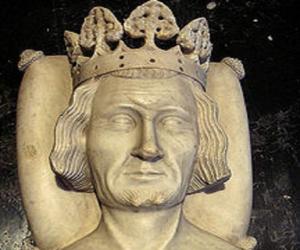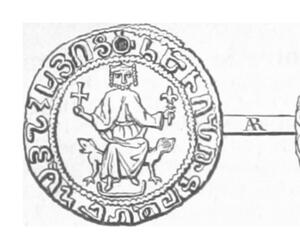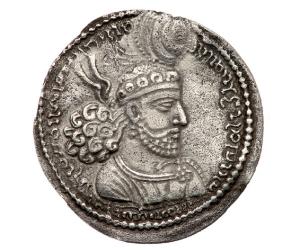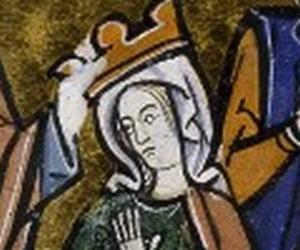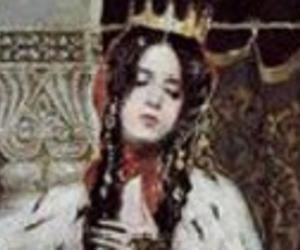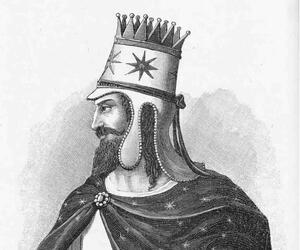1
Tigranes the Great
(King)
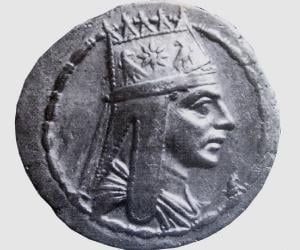
13
3
Birthdate: 0140 BC
Birthplace: Unknown
Died: 0055 BC
Tigranes the Great, a king of Armenia from 95 BC to 55 BC, expanded his kingdom beyond its traditional boundaries, reaching its peak power. Known as the Great King, his empire was the most powerful state east of the Roman Republic. He rapidly expanded by invading or annexing Roman and Parthian client-kingdoms. Tigranes allied with Mithridates VI of Pontus and his empire stretched from the Pontic Alps to Mesopotamia and the Caspian Sea to the Mediterranean. He invited Greek intellectuals to his court and ruled Armenia as a Roman client-king until his death.
